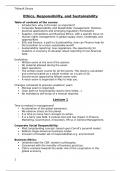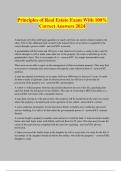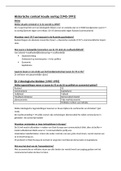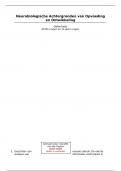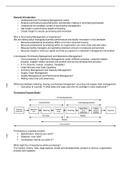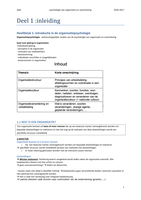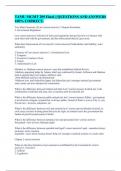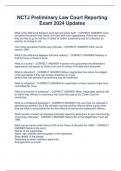Samenvatting
Summary Resume - Ethics, Responsibility, and Sustainability (HMA64a)
- Instelling
- Katholieke Universiteit Leuven (KU Leuven)
Synthesis of the Ethics course. It is quite complete: all the content discussed in class, guest lectures, additional readings and videos are summarized. Cases are included and example questions are answered (using ChatGPT).
[Meer zien]
